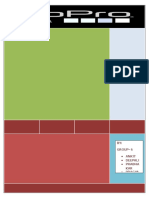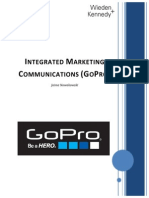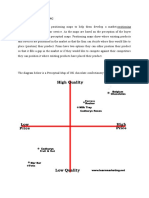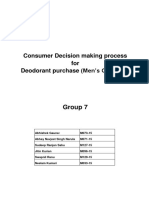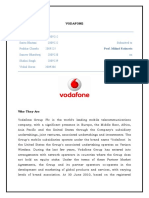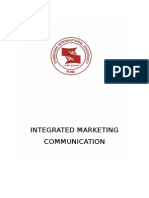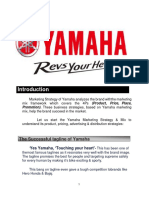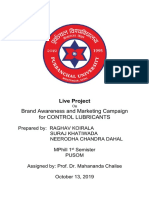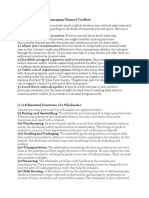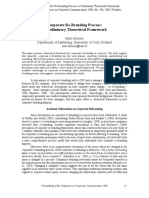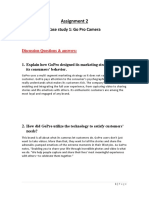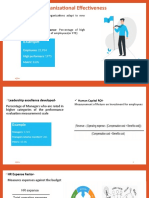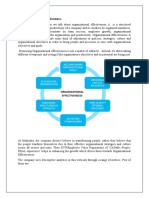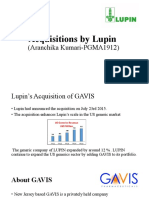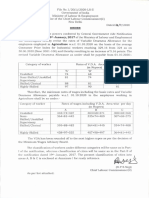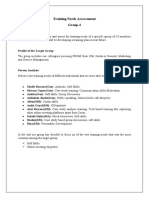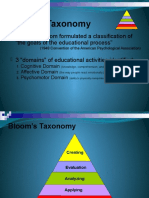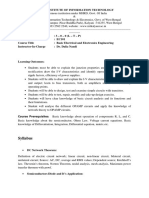0% found this document useful (0 votes)
501 views6 pagesGoPro's UGC Marketing Success
GoPro was founded in 2002 by Nick Woodman to allow people to capture and share their experiences. GoPro has sold over 26 million cameras in over 100 countries. GoPro has been successful with its user-generated content (UGC) strategy by capitalizing on customer creativity and social media. Key aspects of its UGC strategy include tapping customer passion for the product, leveraging major social media platforms, and telling compelling stories. Other companies can learn from incentivizing UGC, curating engaging content from various sources, and focusing on storytelling. While GoPro's UGC strategy has been effective, it could be improved through dynamic pricing and a more seamless shopping and checkout process.
Uploaded by
Ashutosh SharmaCopyright
© © All Rights Reserved
We take content rights seriously. If you suspect this is your content, claim it here.
Available Formats
Download as DOCX, PDF, TXT or read online on Scribd
0% found this document useful (0 votes)
501 views6 pagesGoPro's UGC Marketing Success
GoPro was founded in 2002 by Nick Woodman to allow people to capture and share their experiences. GoPro has sold over 26 million cameras in over 100 countries. GoPro has been successful with its user-generated content (UGC) strategy by capitalizing on customer creativity and social media. Key aspects of its UGC strategy include tapping customer passion for the product, leveraging major social media platforms, and telling compelling stories. Other companies can learn from incentivizing UGC, curating engaging content from various sources, and focusing on storytelling. While GoPro's UGC strategy has been effective, it could be improved through dynamic pricing and a more seamless shopping and checkout process.
Uploaded by
Ashutosh SharmaCopyright
© © All Rights Reserved
We take content rights seriously. If you suspect this is your content, claim it here.
Available Formats
Download as DOCX, PDF, TXT or read online on Scribd
/ 6

